Safety
Active Kinematics Control (AKC)
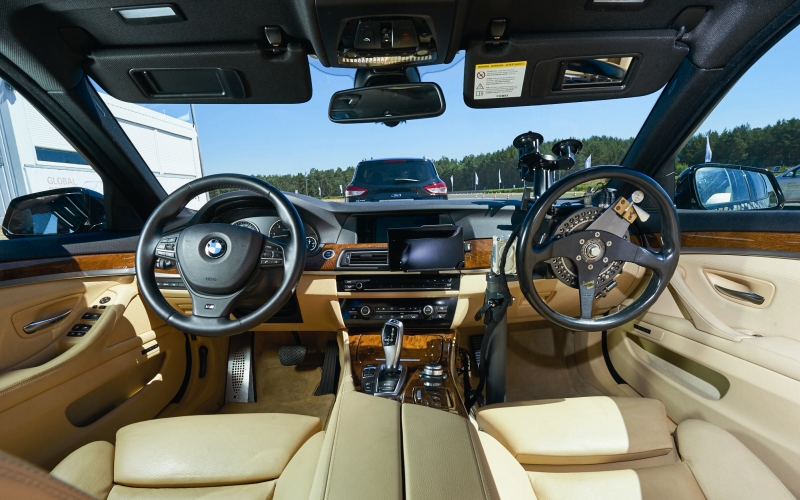
Having the rear wheels steer can sound dynamically challenging, but, in contrast, it aids handling no end. With AKC at low speeds, the rear wheels turn in the opposite direction of the steering input to the front wheels. This makes taking tight corners and parking easier. At higher speeds, the rear wheels turn in the same direction as the front wheels, making changes in direction quicker and more stable. This system is offered on the Porsche 911 Turbo and GT3, but we had the new Audi Q7 3.0 TDI quattro to try it out. There was even a BMW 530d with two steering wheels. No points for guessing which wheel I was in control of. Rear-steering input isn’t as urgent, but its effect is indeed significant, even as low as 60 km/h. At highway speeds, especially in Germany, rear-wheel steering will indeed make a huge difference to high-speed dynamics.
Electric Park Brake integrated (EPBi)
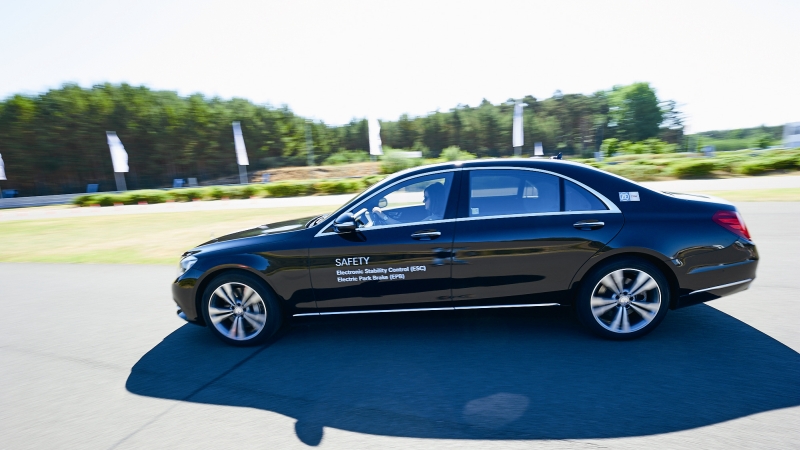
Armed with six-piston callipers, the S500 Plug-in Hybrid is offered with the EPBi that understands when the car is parked and when it is driven away. It engages the Electric Parking Brake when stationary and also has a drive-away release. Furthermore, when braking normally or even in panic situations, the strengthened callipers also reduce stopping distance and the time taken, making for more assured, and appreciated, braking.
Electronic Stability Control (ESC)
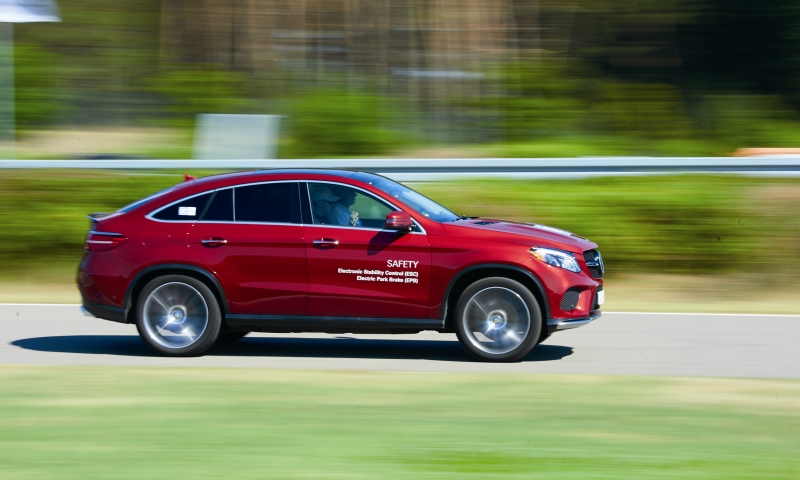
Part of several models from several leading car brands, the ESC collectively takes care of stability and traction by modulating the power delivery and braking to the wheels depending on speed, available traction, steering angle and throttle position. It prevents the car from going out of control. The ESC is the first electronic aid for stability, being joined by Active Roll Stabilisation in certain applications such as for tall SUVs, like the new Mercedes GLE Coupé we had to try it in.
Emergency Steering Assist (ESA)
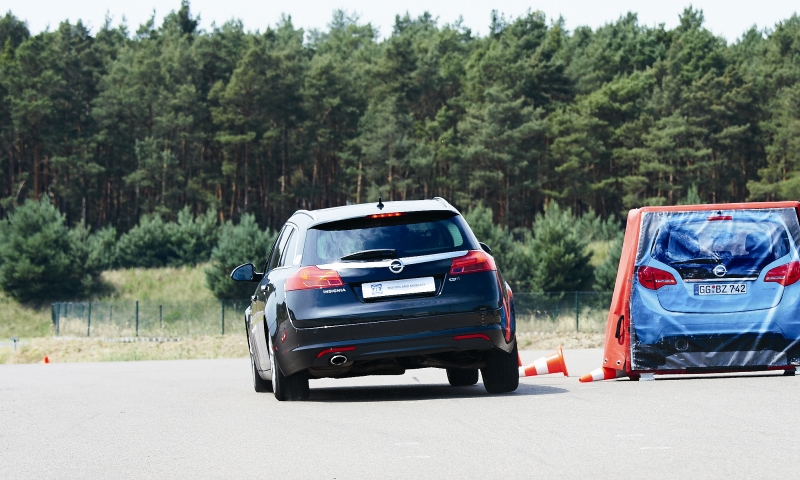
The ESA system constantly calculates trajectories and determines the best one for an evasive manoeuvre in the event of an imminent collision. In the Opel Vectra Touring, which was used for this demonstration, the detection can work up to as far as 100 metres with confidence. However, the system in the new Volkswagen Passat can operate at an even greater distance.


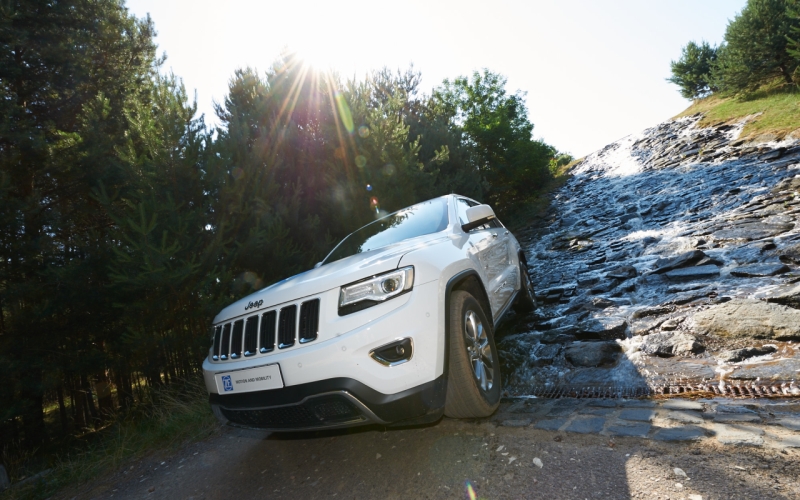




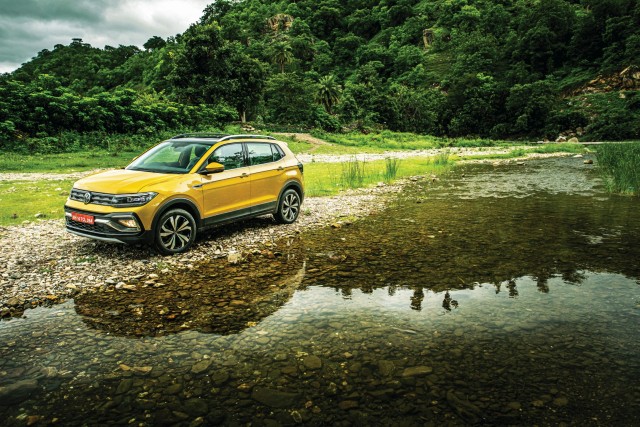


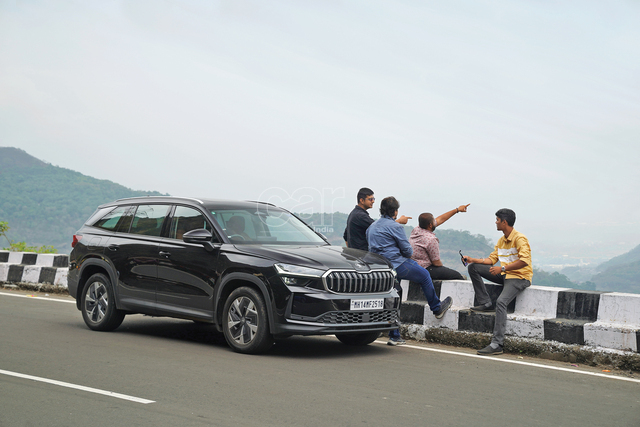



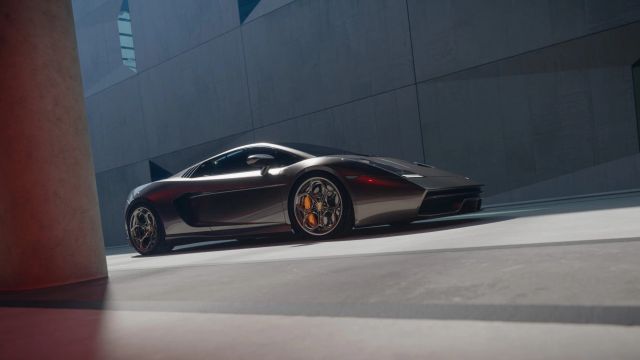
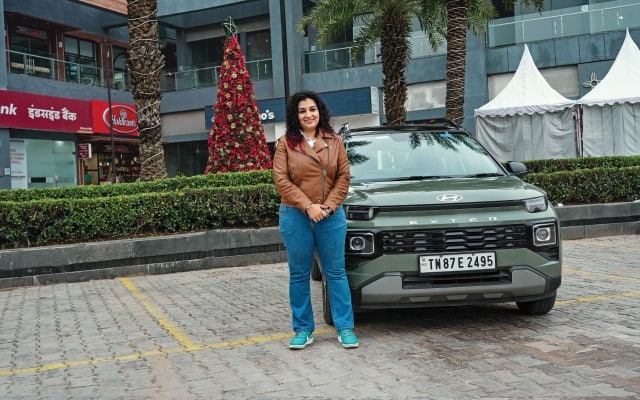

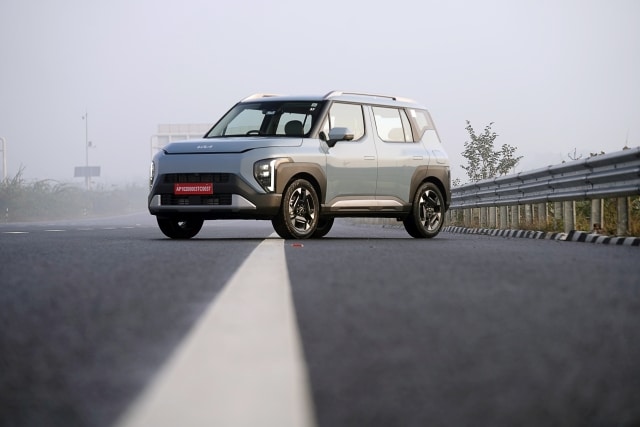




Leave a Reply